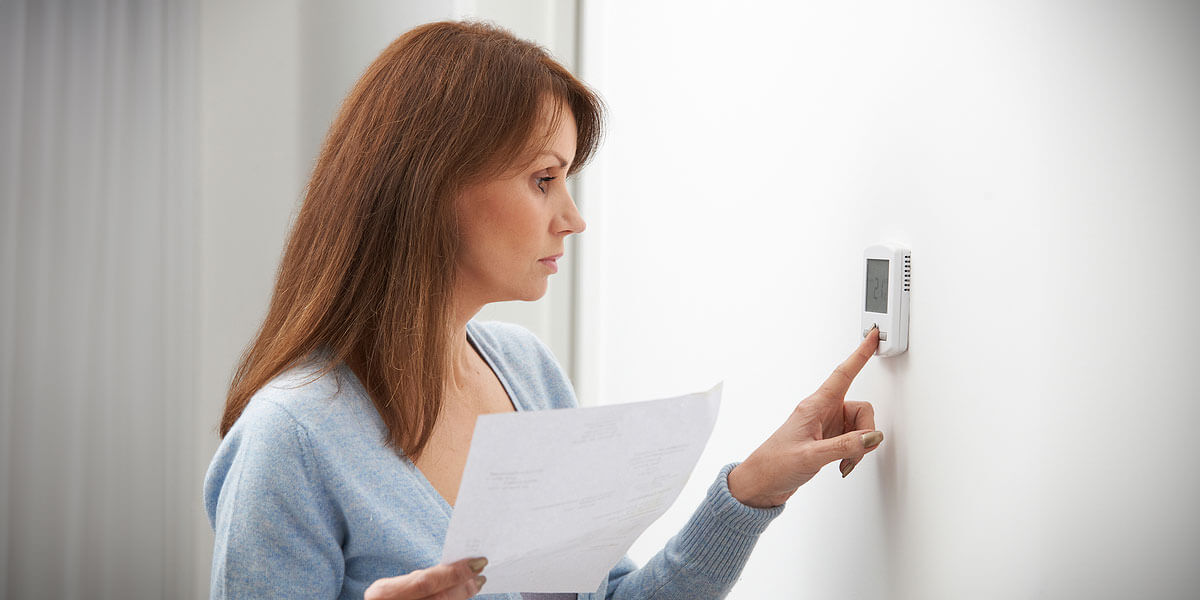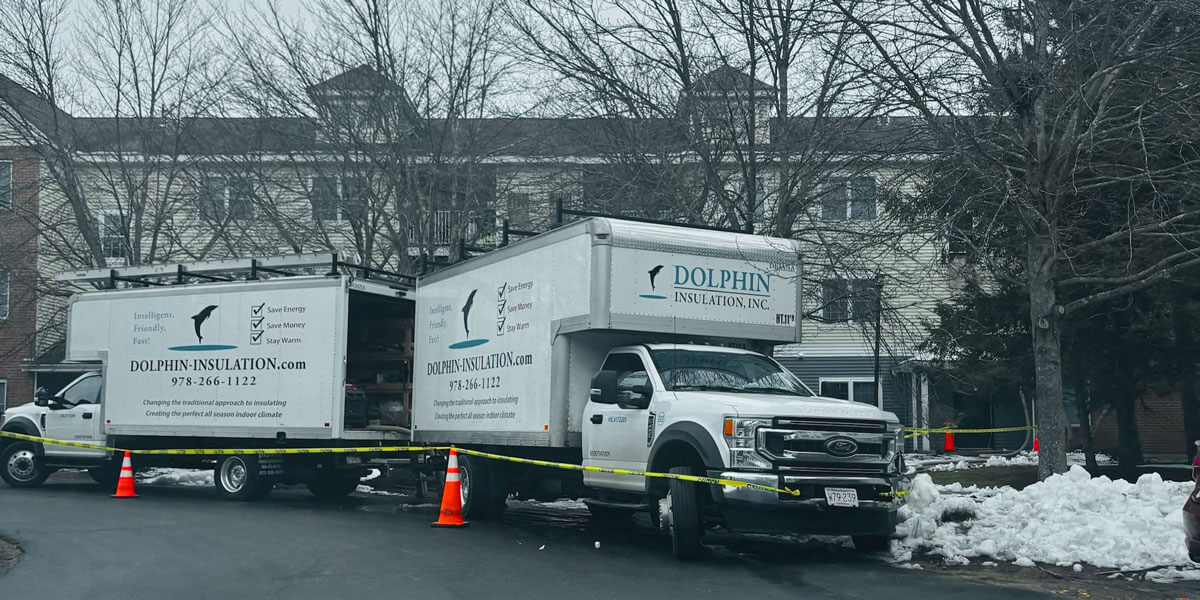If your home has not been sealed, then air is currently leaking in and out as you read this. You may have heard of this air-leaking phenomenon that’s bringing all of the cold drafts into your home and stealing your warm air, but where exactly do these leaks come from? Your home is a system, and each individual part of that system plays its own role in allowing air to escape. Before sealing these leaks, techniques such as a blower door test help find exactly where sealing will benefit your home the most.
The biggest fraction of the air leakage breakdown comes from the biggest parts of your home. Floors, walls, and ceilings contribute to 31% of the total air leakage. Luckily, although these areas leak the most air, they are also among the easiest to seal. Dolphin’s loose fill cellulose insulation not only insulates, it also helps seal off your home. By installing insulation in your attic and walls, you will seal off the biggest problem area for air leakage while slowing heat transfer through these barriers.
The second leading culprit of air leakage in your home is a system: your ducts. In homes with forced-air heating and cooling systems, ducts control and distribute airflow throughout the home. Ducts are meant to move air, but they lose about 20% of this air through leaks along the way. In a leaky duct, air discharges at unwanted locations in your home, which creates unwanted air movement. Overall, ducts contribute to 15% of air leakage. Leaky ducts result in heat loss, an unwanted amount of draftiness, and a loss of controlling your home’s temperature.
Not far behind leaky ducts, your fireplace accounts for 14% of overall leakage. Air generally leaks through the flue or around your chimney walls. Sealing these leaks is not difficult with a fireproof sealing material. Your flue leaks after it has been in use for a fair amount of time. The metal wears and breaks, which then creates a channel for air to leak out of. Focusing on air sealing your chimney is not a difficult process and will stop up to 14% of your total leakage.
One percent behind your fireplace, plumbing penetrations allow for 13% of the leaks that need to be sealed. Plumbing sites create holes in your wall’s barrier that simply require sealing attention to make them airtight.
Doors add 11% of the air leakage and windows insert another 10%. There are many methods that seal these sites, all of which are unobtrusive and fairly simple. For doors, one technique that Dolphin uses is installing an airtight flap on the bottom of your door. This stops all flow that would otherwise escape underneath your unsealed doors.
Lastly, fans, vents, and electrical outlets contribute the final 6% of air leakage. Focusing on sealing the prominent sites of air leakage will help you to save the most energy and money while stopping that chilly winter draft from creeping through your home.
At Dolphin, we pay attention to sealing each part in order to create a system that effectively seals your whole home. When you stop unwanted airflow, you gain control of your home.















